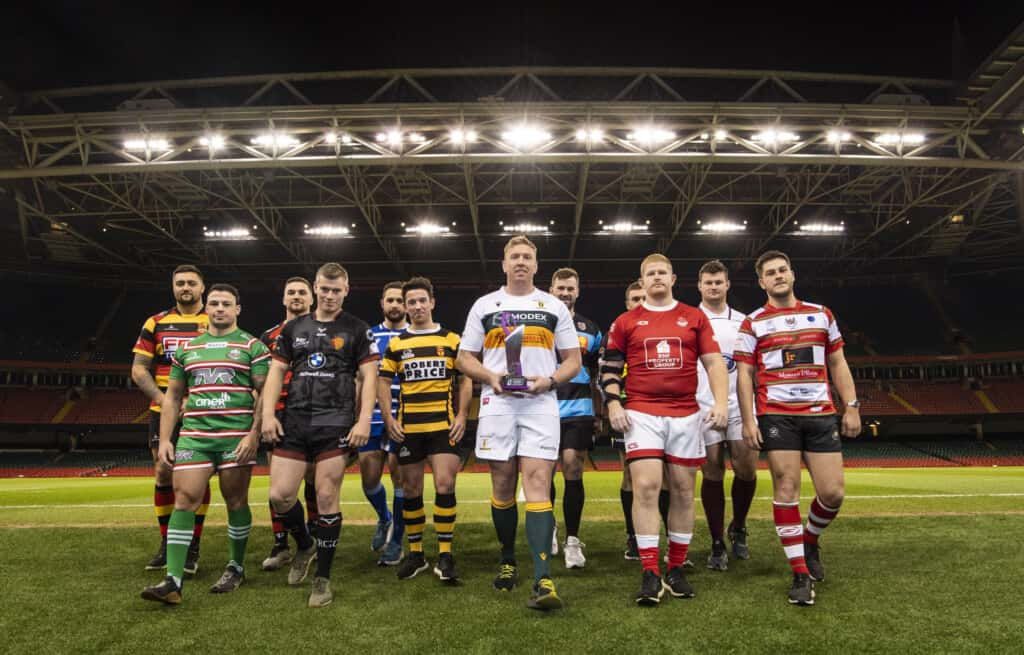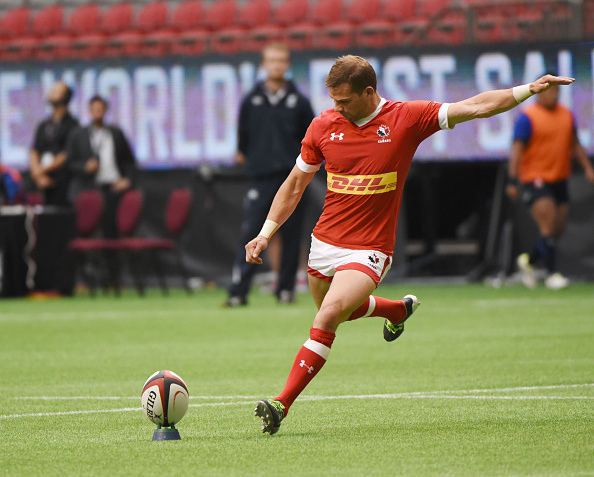The Indigo Group Welsh Premiership is set to reduce down to nine teams for the 2023/24 season. Robert Rees brings you the latest detail on the proposed changes.
Welsh Premiership set to shrink
According to club sources, the Welsh Premiership is set to cut three teams for the season after next.
However, it’s not just as simple as the bottom three go down. Oh no, instead we’re going to see two teams from each of the regions, plus RGC up North Wales.
As of yet, no vote has taken place and due to the complexity of the changes incoming the plan is to bring this in in time for September 2023.
Despite contrary rumours circulating on social media it would seem the likeliest of teams to go at present would be those closely linked to the regions geographically.
That leaves Llanelli, Cardiff and the now severed from regional rugby Newport and Swansea in the lurk according to those within the inner circle. This would still leave a problem as it gives just one team in Gwent (Ebbw Vale).
You’d also find the move pretty harsh on the top form clubs, Newport and Cardiff.
There is still many a month to come yet and you can imagine how the votes will sway in that time.
With the threat of Newport possibly getting culled it does stem some hope to the Pontypool faithful, of whom have been waiting very patiently on the side-lines in the Championship.
The move will also massively agitate Bargoed and Neath who have made some impressive moves this season, but look out of the question in terms of being brought up.

Who will vote on the matter?
The Welsh Rugby Union (WRU), regions and all Premiership clubs will have a say in the matter.
Clubs want to look at those areas which don’t currently host professional rugby and take into consideration the support that follows each of the clubs in question.
Who does this leave within the nine?
- Scarlets (Carmarthen Quins and Llandovery)
- Ospreys (Bridgend and Aberavon)
- Cardiff (Merthyr and Pontypridd)
- Dragons (Ebbw Vale and Newport/Pontypool)
- RGC
What funding will clubs receive?
Currently, clubs get £50,000 from the WRU. The union hasn’t yet agreed to terms of funding for the 2023/24 season, but clubs are pushing for £110,000, eventually growing to £150,000 should the plan succeed.
This would take the tally of funding given to the Premiership clubs top just shy of £1 million, possibly growing by £400,000 along the way.
The budgets are far from sealed and are being scrutinised by all parties as negotiations occur. It could be a sticking point due to the community game already receiving more than the professional game in guaranteed money annually.
UCHAFBWYNTIAU | HIGHLIGHTS 🏉
Yr holl geisiau wrth i Gaerdydd gamu yn nes at y tlws! 🏆
A special night for @Cardiff_RFC as they secured the bonus point victory against @PontypriddRFC.#IndigoPrem | @WelshRugbyUnion pic.twitter.com/2SohXB28z0
— S4C Chwaraeon 🏴 (@S4Cchwaraeon) April 15, 2022
What makes up the fixture shortfall?
Ok, so only having eight home games when income is hard to come across doesn’t make the treasurer happy.
But, with the National Cup still ongoing fans will be pleased to hear a return of cross-border fixtures with English Championship sides.
This is a return to the type of fixtures clubs would have relished in the old British and Irish Cup format where the likes of Pontypridd had some memorable away trips to Cornwall and Worcester. Cross keys also made the final in 2012 before losing to Munster’s strong A side.
There would be 6 group games to backfill the gap, with the probability of a knockout stage seeming likely at this stage.
This leaves a minimum of 11 home games and a total of 23 without progressing past one round of the National Cup.
Do the current squads deserve an increase in funding?
You could probably argue no, but the clubs have pushed for age limits and criteria on academy players in the past before it was shut down under the Gareth Davies and Martyn Phillips era.
The old offer was to have five U23s in the matchday 23 and a limit on over 30s, but this was ignored. It’s very possible that if the WRU were to agree on a funding increase per club then these type of regulations would come into the equation.
Clubs are also looking at everyone having a more equal share of academy players, with only two clubs out of the current 12 disagreeing on this matter.
With around 16 months before the season would start there is a long road of questions still to be answered, mainly who drops, but there’s already an indication of who some may be and what the future looks like.
It’s fair to say the league needs to settle, choose a purpose and go for it if it wants to succeed in its goals of being a good development platform whilst retaining their community feel.
“Main photo credit”



